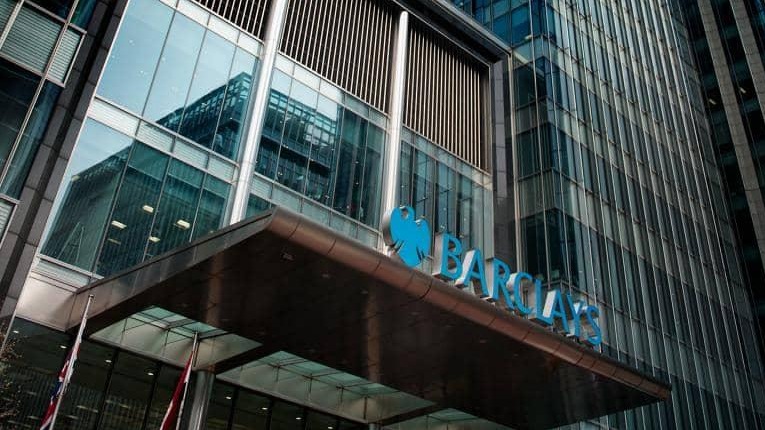A full-scale multiple central bank digital currency (mCBDC) network could save global corporates nearly $100 billion annually, according to a report by JP Morgan.
The proposed network would facilitate 24/7 real-time, cross-border payments, and foreign exchange (FX) payment-versus-payment (PvP) settlements.
Global corporates move nearly $23.5 trillion across different countries annually according to the report, co-authored by management consulting firm Oliver Wyman, equivalent to about 25 per cent of global GDP.
The report claimed corporates have rely on wholesale cross-border payment processes which are “sub-optimal” from a cost, speed, and transparency standpoint.
As well as resulting in transaction costs of $120 billion per annum, these processes also result in additional costs from FX conversion, trapped liquidity, and delayed settlements, according to the report.
The report primarily looked at the Association of Southeast Asian Nations (ASEAN) for examples, which the report said account for seven per cent global trade.
The report outlines four key considerations for establishing a functioning mCBDC network:
1. Target design: design decisions on how payment rails would work, for example if mCBDCs should be interest bearing and the level of privacy required
2. Key building blocks: from CBDC minting and redemption, to FX conversion and settlement
3. Roles and responsibilities: central banks versus commercial banks versus technology vendors
4. Governance model: legal and operational protocols required to govern the new network
The news comes as CBDCs are seeing serious consideration from governments internationally.
Representatives from the G7 economies highlighted last month that though the introduction of CBDCs offers “significant benefits” they also said they raise “considerable public policy and regulatory issues".
“The case for CBDCs to address pain points in cross-border payments is very compelling,” said Jason Ekberg, partner, corporate and institutional banking at Oliver Wyman. “The bulk of today’s wholesale cross-border payments process remains sub-optimal due to multiple intermediaries between the sending and receiving banks, often resulting in high transaction costs, long settlement times, and lack of transparency on the status of the payments."
Latest News
-
BBVA to roll out genAI tools for 100,000 employees in partnership with Google
-
Qonto applies for banking license in France
-
FCA expands bullying and harassment rules beyond banks to 37,000 firms
-
Zopa opens Manchester office with plans for 500 jobs
-
Government plans new tools to help FinTechs navigate complex regulation
-
Paxos launches dollar stablecoin in the EU
Data trust in the AI era: Building customer confidence through responsible banking
In the second episode of FStech’s three-part video podcast series sponsored by HCLTech, Sudip Lahiri, Executive Vice President & Head of Financial Services for Europe & UKI at HCLTech examines the critical relationship between data trust, transparency, and responsible AI implementation in financial services.
Banking's GenAI evolution: Beyond the hype, building the future
In the first episode of a three-part video podcast series sponsored by HCLTech, Sudip Lahiri, Executive Vice President & Head of Financial Services for Europe & UKI at HCLTech explores how financial institutions can navigate the transformative potential of Generative AI while building lasting foundations for innovation.
Beyond compliance: Transforming document management into a strategic advantage for financial institutions
In this exclusive fireside chat, John Rockliffe, Pre-Sales Manager at d.velop, discusses the findings of Adapting to a Digital-Native World: Financial Services Document Management Beyond 2025 and explores how FSIs can turn document workflows into a competitive advantage.
Sanctions evasion in an era of conflict: Optimising KYC and monitoring to tackle crime
The ongoing war in Ukraine and resulting sanctions on Russia, and the continuing geopolitical tensions have resulted in an unprecedented increase in parties added to sanctions lists.
© 2019 Perspective Publishing Privacy & Cookies














Recent Stories